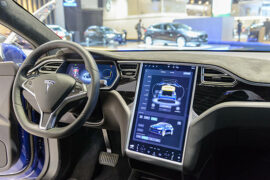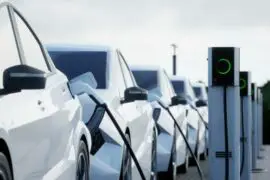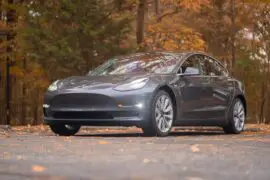As the popularity of electric vehicles continues to grow, many people are becoming curious about how they work and what sets them apart from traditional gasoline-powered cars. One question that often arises is whether a Tesla car runs on gas too.
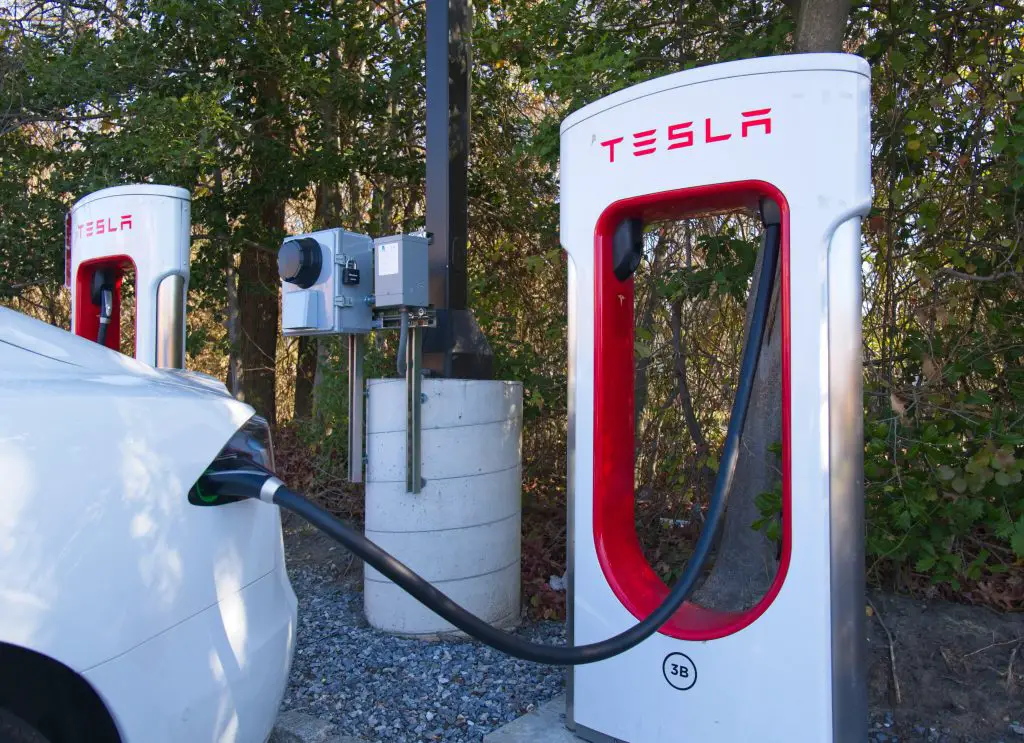
In this article, we will explore the answer to this question and provide a detailed explanation of how Tesla cars operate. We will discuss the differences between electric and gas-powered cars, how Tesla cars are charged, and the benefits of driving an electric vehicle like a Tesla. By the end of this article, you will have a better understanding of the technology behind Tesla cars and why they are such an exciting development in the world of transportation.
Contents
How Do Tesla Cars Operate
Tesla cars operate differently than traditional gasoline-powered cars because they use an electric motor instead of an internal combustion engine. Here are the key components that allow Tesla cars to function:
- Battery: Tesla cars are powered by a high-capacity lithium-ion battery pack that stores energy. This battery pack is located beneath the floor of the car, giving it a low center of gravity and improving handling and stability.
- Electric Motor: Tesla cars use an electric motor to convert electrical energy stored in the battery into mechanical energy that propels the car forward. The electric motor is connected to the wheels via a single-speed transmission.
- Charging Port: Tesla cars can be charged using a charging port located on the side of the car. The charging port connects to a charging cable that delivers electricity to the battery.
- Regenerative Braking: Tesla cars use a technology called regenerative braking to capture some of the energy that would normally be lost during braking. The electric motor acts as a generator during braking, converting some of the kinetic energy of the car into electrical energy that is then stored in the battery.
- Control System: Tesla cars are equipped with advanced control systems that manage the flow of electricity to the motor, monitor the battery’s charge level and temperature, and adjust the car’s performance based on driving conditions and driver preferences.
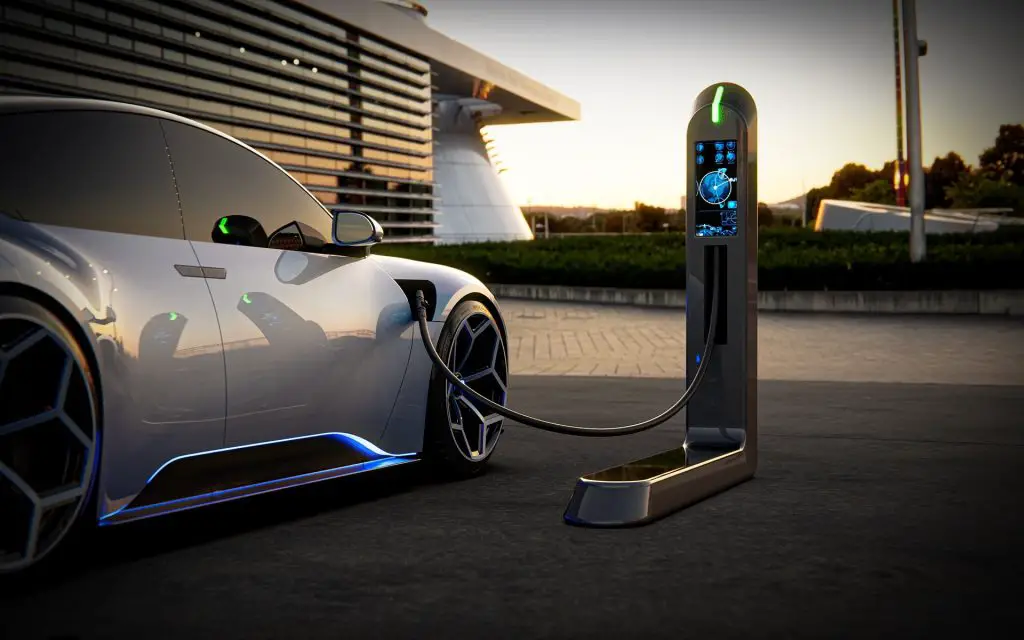
The Differences between Electric and Gas-Powered Cars
- Power Source: The most obvious difference between electric and gas-powered cars is the power source they use. Electric cars, like Tesla vehicles, are powered by batteries that store electrical energy, while gas-powered cars use internal combustion engines that burn gasoline or diesel fuel to generate power.
- Fuel Efficiency: Electric cars are typically more fuel-efficient than gas-powered cars, meaning they can travel further on the same amount of energy. This is because electric motors are more efficient at converting energy into motion than internal combustion engines, which waste a lot of energy as heat.
- Emissions: Gas-powered cars produce emissions that contribute to air pollution and climate change, while electric cars produce zero tailpipe emissions. However, it’s worth noting that the emissions associated with electric cars can vary depending on how the electricity used to charge them is generated. If the electricity comes from fossil fuel sources, the overall emissions footprint of an electric car may not be significantly better than that of a gas-powered car.
- Maintenance: Electric cars have fewer moving parts than gas-powered cars, which means they require less maintenance overall. There are no oil changes or spark plug replacements needed, and the brakes often last longer due to the use of regenerative braking technology.
- Driving Experience: Electric cars tend to offer smoother, quieter, and more responsive acceleration than gas-powered cars due to the instantaneous torque provided by electric motors. They also tend to have lower centers of gravity, which can improve handling and stability.
How Tesla Cars are Charged
- Plug-in: To charge a Tesla car, the charging cable is first plugged into the car’s charging port, which is located on the side of the vehicle.
- Power Source: The charging cable is then connected to a power source, which can be either a standard wall outlet or a dedicated charging station. Tesla cars come with a mobile charging kit that includes an adapter for standard wall outlets, but for faster charging, it’s recommended to use a dedicated charging station.
- Charging: Once the car is connected to the power source, the charging process begins. The charging speed and time depend on several factors, including the battery size, the charging capacity of the power source, and the charging method used.
- Monitoring: While the car is charging, the Tesla mobile app or the car’s touchscreen display can be used to monitor the progress of the charging process, including the battery level and estimated time until full charge.
- Disconnect: When the car’s battery is fully charged, the charging cable can be disconnected from the car and the power source. Tesla cars are designed to automatically stop charging when the battery is full to prevent overcharging and extend the life of the battery.
The Benefits of Driving an Electric Vehicle like a Tesla
- Environmental Benefits: EVs produce zero tailpipe emissions, which means they don’t contribute to air pollution or greenhouse gas emissions that contribute to climate change. By driving an EV, you can reduce your carbon footprint and help protect the environment.
- Cost Savings: EVs are often more cost-effective to operate than gas-powered vehicles. Electricity is typically less expensive than gasoline or diesel fuel, and EVs require less maintenance due to their simpler design. Additionally, some states and local governments offer incentives and tax credits to encourage EV adoption.
- Performance: EVs like Tesla vehicles often offer superior performance compared to gas-powered cars. EVs also have lower centers of gravity, which can improve handling and stability.
- Convenience: EVs can be charged at home or at public charging stations, which means you don’t have to visit gas stations as frequently as you would with a gas-powered car. Tesla also operates its own network of Supercharger stations, which can provide fast and convenient charging on long road trips.
- Technology: Tesla vehicles are known for their cutting-edge technology and features, including advanced driver assistance systems, touchscreen displays, and over-the-air software updates. By driving a Tesla, you can enjoy the latest innovations in automotive technology.
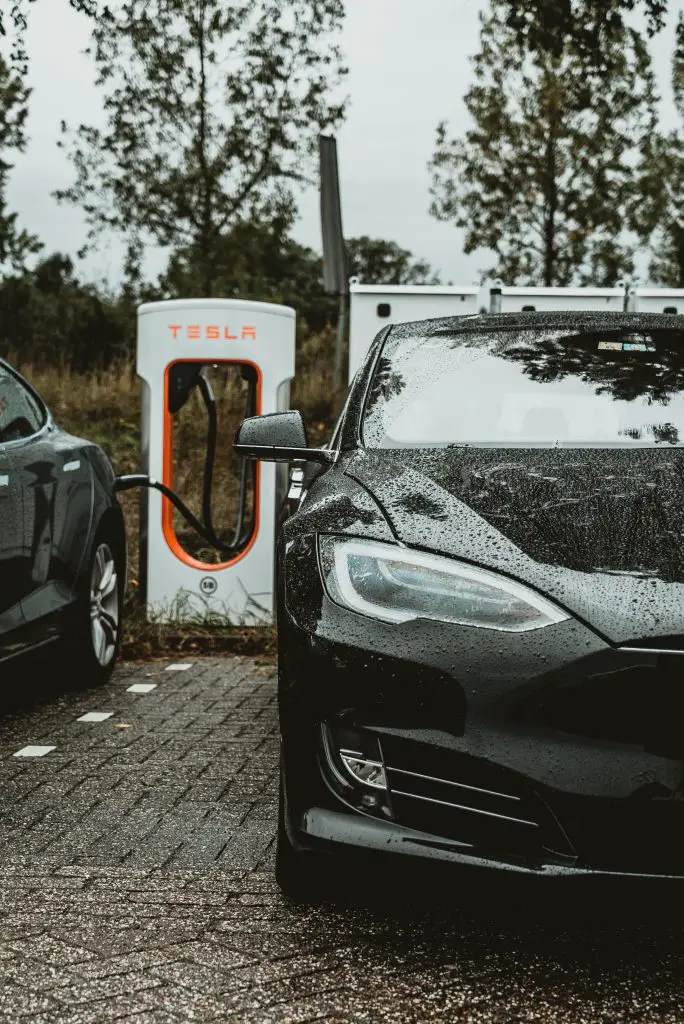
So, Does a Tesla car run on gas too?
In conclusion, Tesla cars are a prime example of the benefits of driving an electric vehicle. They operate on electricity, produce zero tailpipe emissions, and offer superior performance and technology compared to gas-powered cars. By driving a Tesla, you can enjoy cost savings, convenience, and environmental sustainability, while also experiencing the latest innovations in automotive technology. As more and more drivers make the switch to electric vehicles, Tesla is leading the way with its innovative designs, cutting-edge technology, and commitment to sustainability. With a growing network of charging stations and a range of models to choose from, Tesla cars offer a compelling alternative to traditional gas-powered vehicles.
Ever wondered whether a Tesla can power a house? Read it here.

